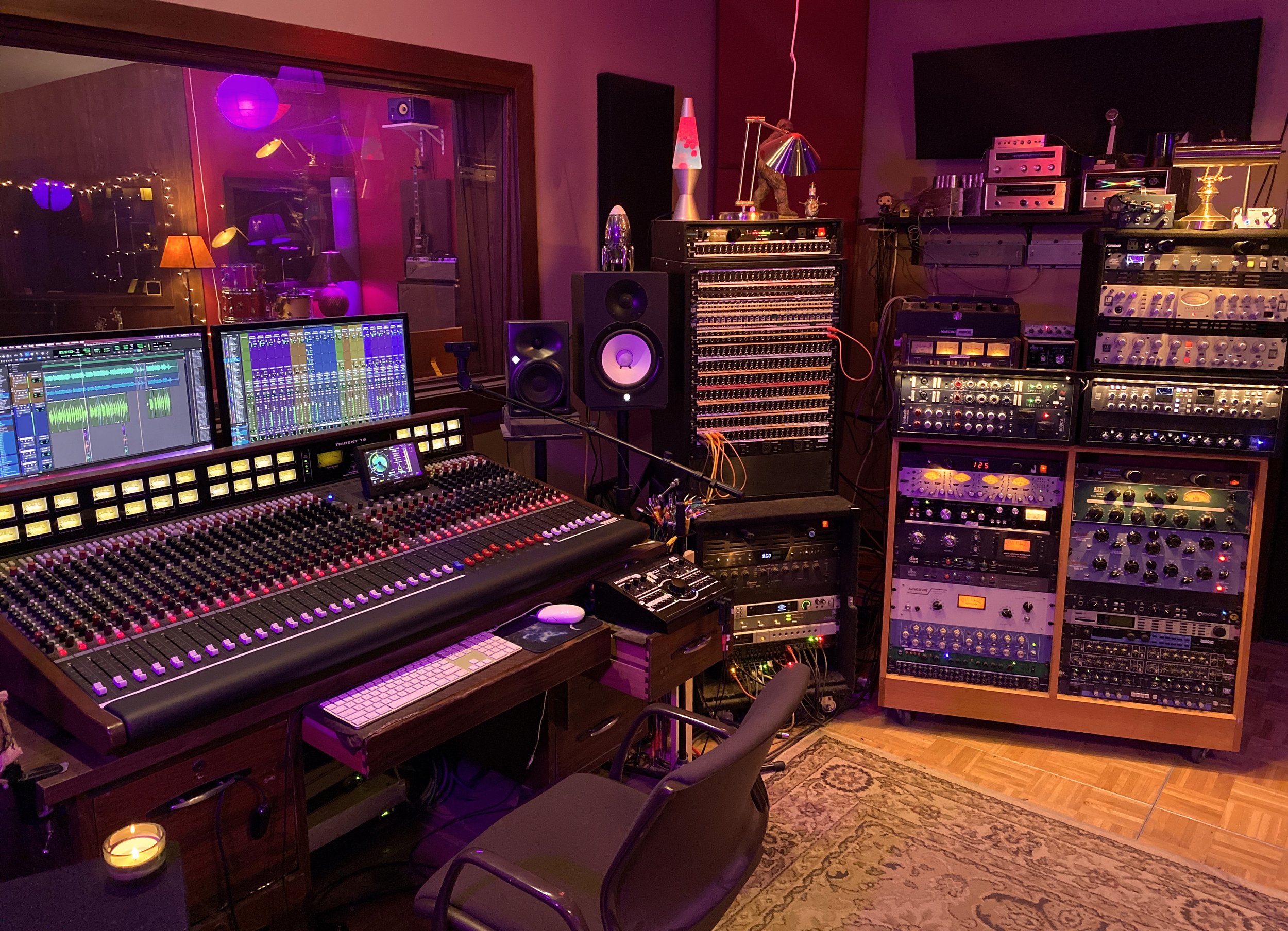Im Back!
I am back.

Well hello!
It has been quite a while since my last post here! I promise I will try to write more often. I have so many things to share and some news to tell. Honestly, I started this Blog as a way to find something to do during the last pandemic, and the last time I wrote here was two years ago. Since then, I have been non stop working and collaborating with everyone doing everything. I have a world of things to tell you and new knowledge to share with you.
The last two years have been full of experiences and new perspectives from many different points of view. From leading recording sessions hundreds of miles away via zoom to becoming a full time staff Audio Engineer. 2020 challenged my limits to an extent of doubting my Audio career. 2020 was the year when I became a Media Composer doing professional work and getting paid for it. Covid thought me two things; the show has to continue, experimentation is crucial to survive.
Adapting to a New Landscape
The COVID-19 pandemic brought unprecedented challenges to various industries, including the music production sector. With restrictions on public gatherings and studio closures, musicians, producers, and engineers had to explore innovative ways to create and release music. This analysis examines the experimentation that emerged during the pandemic, highlighting the strategies and technologies utilized to overcome limitations and maintain creative momentum.
Virtual Collaboration: One significant shift during COVID-19 was the widespread adoption of virtual collaboration tools. Musicians and producers turned to platforms like Zoom, Slack, and cloud-based project management systems to connect, share ideas, and collaborate remotely. These platforms facilitated real-time communication, enabling artists to work together despite physical distances. Virtual collaboration allowed for a diverse range of talents to collaborate, transcending geographical boundaries and fostering unique creative partnerships.
Home Recording Studios: With traditional recording studios unavailable, artists and producers embraced home recording setups. This led to a surge in purchases of recording equipment, microphones, and software, as professionals and amateurs alike sought to create high-quality productions within their personal spaces. The rise of affordable and user-friendly recording technology, combined with online tutorials and resources, empowered artists to learn new skills and achieve professional-grade results from their homes.
Live Streaming and Virtual Concerts: Live performances came to a halt due to social distancing measures, prompting artists to explore the realm of live streaming and virtual concerts. Platforms such as YouTube, Twitch, and Instagram Live became popular channels for musicians to connect with their fans and showcase their talents. These digital performances not only provided entertainment but also generated revenue through virtual ticket sales, merchandise, and donations, leading to the emergence of innovative monetization models.
Remixes and Collaborative Projects: To maintain engagement with their audiences, artists embarked on remixing and collaborative projects. Remix competitions and challenges gained traction, allowing musicians to reinvent existing songs and engage their fan base. These initiatives sparked creativity and fostered a sense of community among artists and listeners alike, with collaborations transcending genres and styles. Remote collaborations also enabled artists to work with international talent, expanding their creative networks.
Experimentation with Genres and Sounds: The limitations imposed by the pandemic encouraged artists to experiment with new genres, sounds, and production techniques. With more time for introspection and exploration, musicians began incorporating diverse influences into their music. The resulting cross-pollination of genres and the fusion of traditional and electronic elements led to the emergence of fresh and innovative musical styles.
Focus on Solo Projects: The pandemic-induced isolation prompted many artists to embark on solo projects and explore individual creative visions. The absence of band dynamics and external influences allowed for more introspection, resulting in deeply personal and introspective music. Solo projects also provided an opportunity for musicians to refine their skills, experiment with production techniques, and redefine their artistic identities.
Conclusion: The COVID-19 pandemic catalyzed significant experimentation within the music production industry. Virtual collaboration, home recording setups, live streaming, remixes, and genre fusion became prevalent strategies as artists adapted to the new landscape. The resilience and adaptability displayed during this period have not only sustained the industry but also fostered new creative avenues that are likely to shape the future of music production. As we navigate the post-pandemic era, these lessons and innovations will continue to influence and reshape the music industry as a whole.
Cheers,
AD.


Comments
Post a Comment